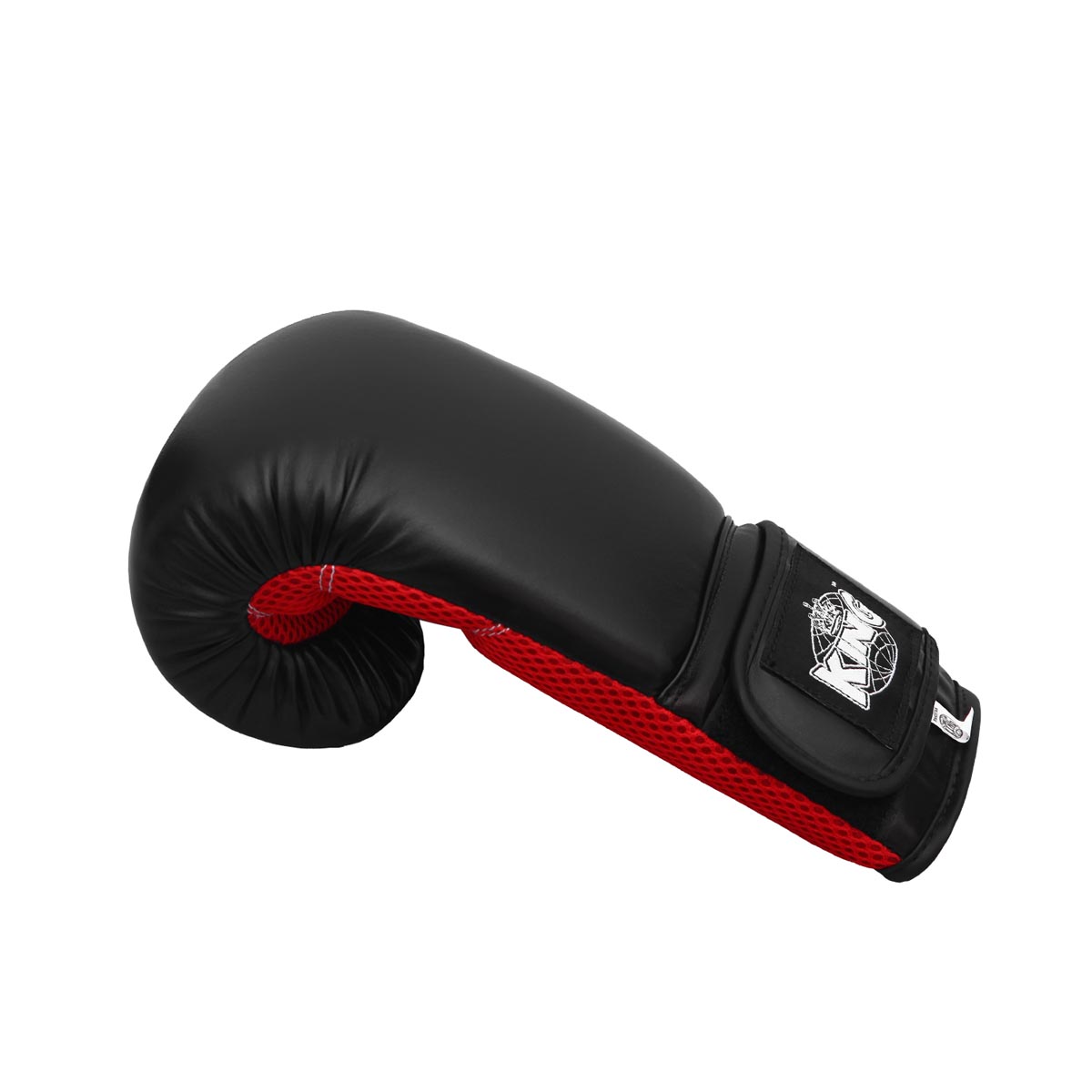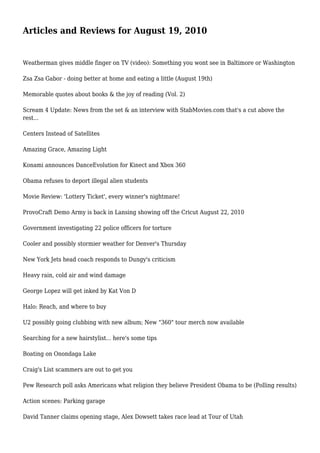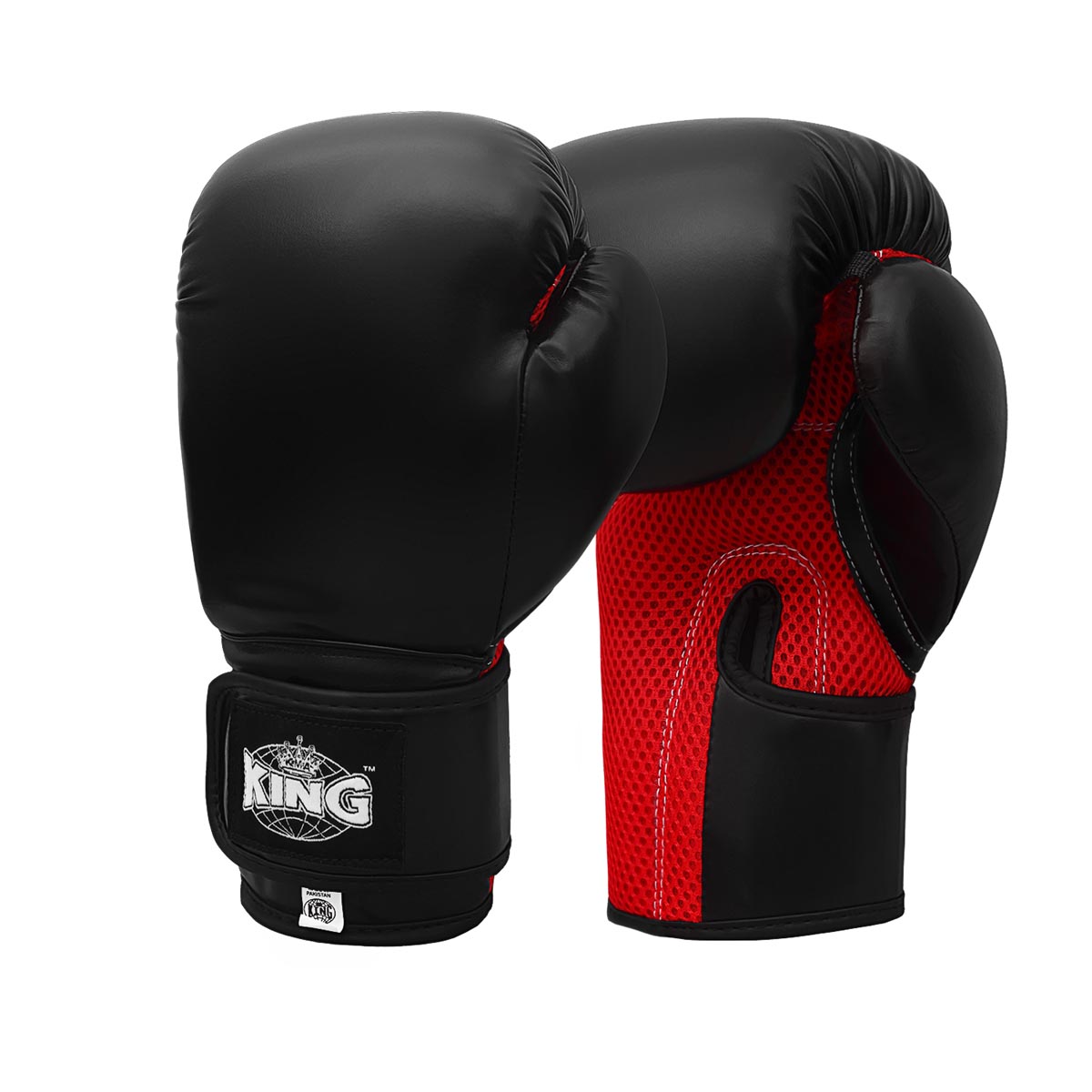
Live ezzoubir hilal omegleالموت تاع الضحك مع زوبير هلال🤣🤣🤣🤣🤣 | By طوندونس Tendence | Show Show Show. Peace be upon you. Be patient with us brothers a minute. Secret secret. This time,

Operation Home Alone': Cop, Teacher, Minister Among 16 Arrested For Attempting To Lure Minors Online — Pascack Press & Northern Valley Press

Mobile Logo png download - 512*512 - Free Transparent Online Chat png Download. - CleanPNG / KissPNG





















